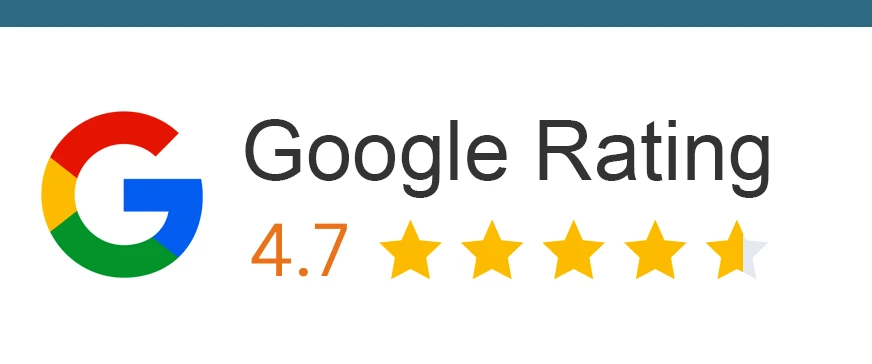Car Finance
HP Car Finance
PCP Car Finance
Used Car Finance
No Deposit Car Finance
Bad Credit Car Finance
Refinance Car
Compare Credit Cards
0% Balance Transfer Cards
0% Purchase Cards
Money Transfer Credit Cards
Credit Building Credit Cards
Check Your Eligibility
Compare Current Accounts
Compare Savings Accounts
High-interest current accounts
Cashback accounts
Packaged bank accounts
Business Loans
Working Capital Loans
Merchant Cash Advance (MCA)
Commercial Finance
Small Business Loans
Business Expansion Loan
Debt Refinance
Invoice Finance
Revenue Based Loans
Asset Finance
Property Finance
Secured Business Loans
Bridging Loans
Commercial Mortgages
Business Credit Cards
Credit Line for Business
0% Balance Transfer Cards
Low-Interest Business Credit Cards
Money transfer credit cards
Credit building credit cards
Business Bank Account
Business Savings Account
Business Debt
Refinance
Combine your debts into a single affordable payment.
4.7
Customer Reviews
Get started today
Warning: Late repayment can cause you serious money problems. For more information, go to moneyhelper.org.uk
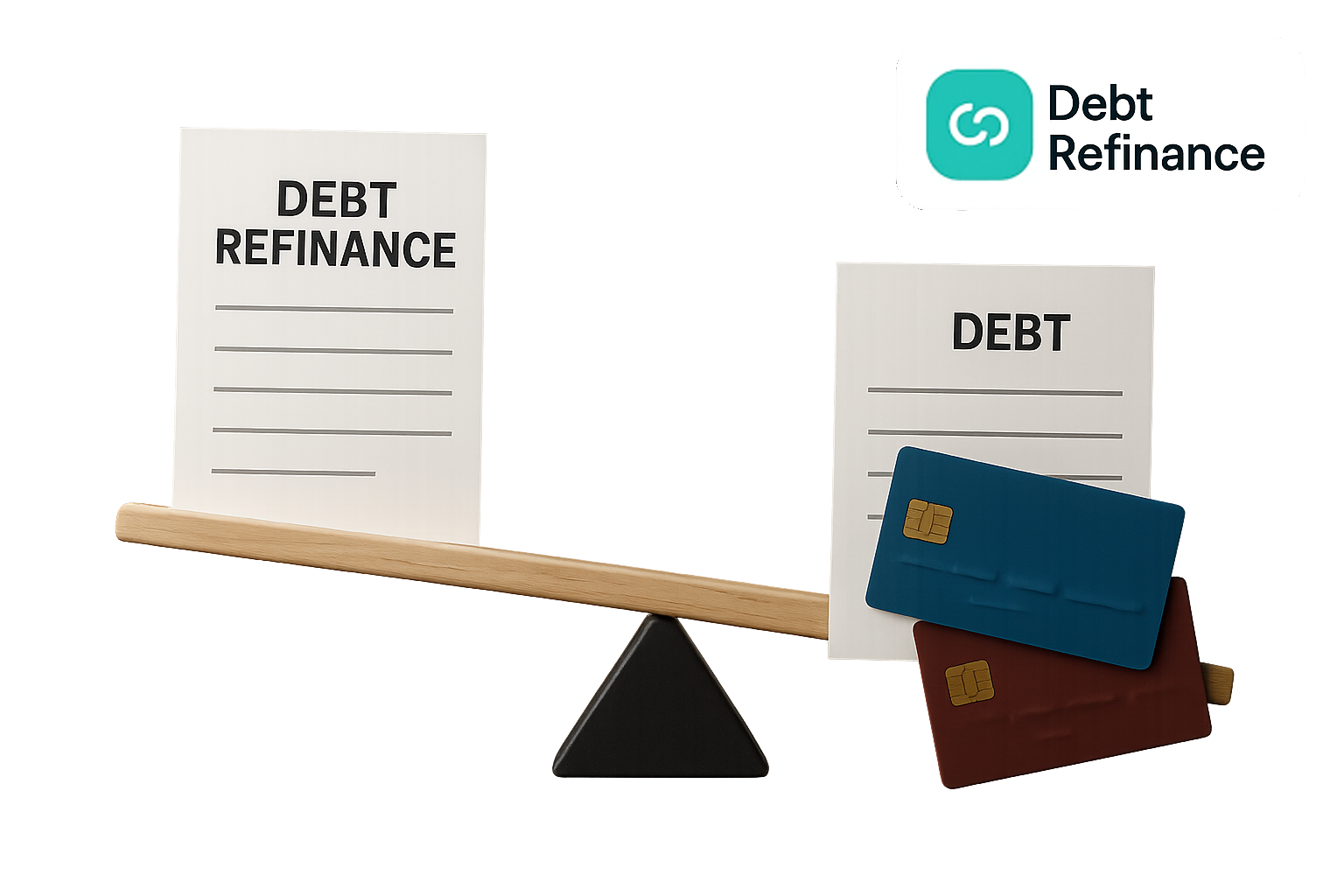
What is debt refinance?
Business debt refinance allows you to combine multiple existing business loans, credit facilities, and commercial debts into one streamlined payment structure. Whether you’re managing business credit cards, equipment finance, working capital loans, or other commercial borrowing, refinancing can help reduce your monthly financial obligations and potentially lower your overall borrowing costs.
Ready to get started?
Compare loans in 3 simple steps

1. Loan Details
Tell us how much you need, for how long and for what purpose.

2. See offers
We find you the loan offers you qualify for from multiples lenders.

3. Select
Select the loan that best matches your circumstances and Get Funded.
The LoanTube Pledge
Searching for a loan on LoanTube won’t impact your credit score. We do not sell your data to any third parties.
Educated guesses aren't good enough
You choose the terms, we do the math.
Check your affordability with our Business Loan calculator and make an informed financial decision.
Get started today
The rate you get will depend on your individual, financial circumstances. Late repayment can cause you serious money problems. For more information, Go to moneyhelper.org.uk
Get started today
£100,000
Loan Term
Total repayment
Monthly repayment
RAPR
Interest
32 Months
£119,173.27
£3,819.66
14.4%
14.4% p.a (Fixed)
The rate you get will depend on your individual, financial circumstances. Late repayment can cause you serious money problems. For more information, Go to moneyhelper.org.uk
What is business debt refinance?
Business debt refinancing involves replacing one or more existing commercial loans with a new business loan that typically offers more favourable terms for your company. The process begins with an assessment of your current business debt obligations, followed by an application for a new commercial loan with better terms. Once approved, the new loan pays off your existing business debts, leaving you with a single loan to manage with potentially lower interest rates, improved repayment terms, or better cash flow arrangements.
For example, if your business has multiple loans with varying interest rates (such as equipment finance at 12%, a business credit card at 18%, and a working capital loan at 15%), refinancing could consolidate these into a single business loan at 10%, simplifying your financial management and reducing overall interest costs. The refinancing process typically takes 2-4 weeks from application to completion, depending on the complexity of your business finances and the lender’s requirements.
1. Evaluate Your Financial Situation
List Current Debts: Compile a detailed list of all your existing loans, credit cards, and any other outstanding debts. Note down the balances, interest rates, repayment terms, and any fees associated with early repayment.
Determine Your Objectives: Understand why you want to refinance. Common goals include lowering monthly repayments, reducing the interest rate, or consolidating multiple debts into one manageable loan.
2. Check Your Credit Score and History
Access Your Credit Report: In the UK, you can check your credit score for free through agencies like Experian, Equifax, or TransUnion, or use services such as ClearScore or Credit Karma.
Review Credit History: Lenders will review your credit history to assess your creditworthiness. Make sure any discrepancies or errors are corrected, as a better credit score can lead to improved refinancing terms.
3. Research UK Lenders and Refinancing Options
Use Price Comparison Tools: Websites like Loantube.com, MoneySuperMarket, Compare the Market, or Money.co.uk allow you to compare various refinancing deals available for consumers in the UK.
Types of Lenders: Consider traditional banks (e.g., Barclays, HSBC, NatWest), building societies, specialized debt management companies, and online lenders. Ensure the lender is authorised and regulated by the Financial Conduct Authority (FCA) for consumer protection.
Loan Terms: Evaluate available terms such as interest rate types (fixed vs. variable), repayment lengths, early repayment charges, and any associated fees.
4. Understand the Costs Involved
Interest Rates and APR: Understand both the advertised interest rate and the Annual Percentage Rate (APR), which includes fees. Sometimes a lower interest rate might come with higher fees.
Additional Costs: Consider any potential early repayment fees from your current debts, application fees, or other administrative costs associated with a new loan.
Break-even Analysis: Calculate how long it will take to recoup any costs associated with refinancing compared to your new savings.
5. Gather Required Documentation
Before applying, prepare the documentation typically required by UK lenders:
Proof of Identity: Usually a passport or driver’s licence.
Proof of Address: Recent utility bills, bank statements, or council tax bills (usually dated within the last three months).
Proof of Income: Latest payslips, bank statements, or, if self-employed, recent tax returns and SA302 forms.
Credit Information: Any documentation relating to your existing debts (loan statements, credit card statements) might be needed.
Other Financial Information: Details regarding your monthly expenses, assets, and liabilities, if required.
6. Submit Your Application
Online Application: Most UK lenders offer a streamlined online application process where you fill out a form and attach your documents.
In-Branch or Via Broker: Alternatively, you can visit a branch or work with a financial advisor or broker who can help you compare and apply for multiple options.
Consent to Credit Checks: Be prepared for both a soft check (which doesn’t affect your score) during pre-qualification and a hard check (which might have a slight impact) if you proceed.
7. Review and Accept the Offer
Examine the Offer Carefully: Once your application is reviewed, the lender will provide an offer outlining the details of your new loan. Confirm that the interest rate, term, fees, and repayment structure match your expectations and that there are no hidden costs.
Ask Questions: If any part of the offer is unclear, ask for further clarification before accepting.
8. Finalize the Process
Acceptance and Paperwork: Sign the loan agreement and complete any remaining paperwork required.
Repayment of Existing Debt: Depending on the lender, funds may be sent directly to your existing creditors (debt consolidation) or deposited into your account for you to clear your old debts.
Confirmation and Record Keeping: Ensure you receive confirmation that your old debts have been settled and keep a record of all communications and documents.
9. Post-Refinance Management
Set Up Repayments: Establish a reliable repayment system, ideally using direct debit to avoid any missed payments.
Monitor Your Finances: Regularly review your finances and credit report to ensure that the refinancing is having the intended positive impact.
Avoid New Debt: Be cautious about taking on additional debt unless you’re certain you can manage it alongside your refinancing arrangement.
By following these steps, you can smoothly navigate the refinancing process in the UK and potentially improve your financial situation through better loan terms. If you have any doubts or need tailored advice, consulting a financial adviser is highly recommended, as they can provide guidance specific to your personal financial circumstances.
We've partnered with the best in the business
Offers from highly reputable lenders to help with your financial needs.


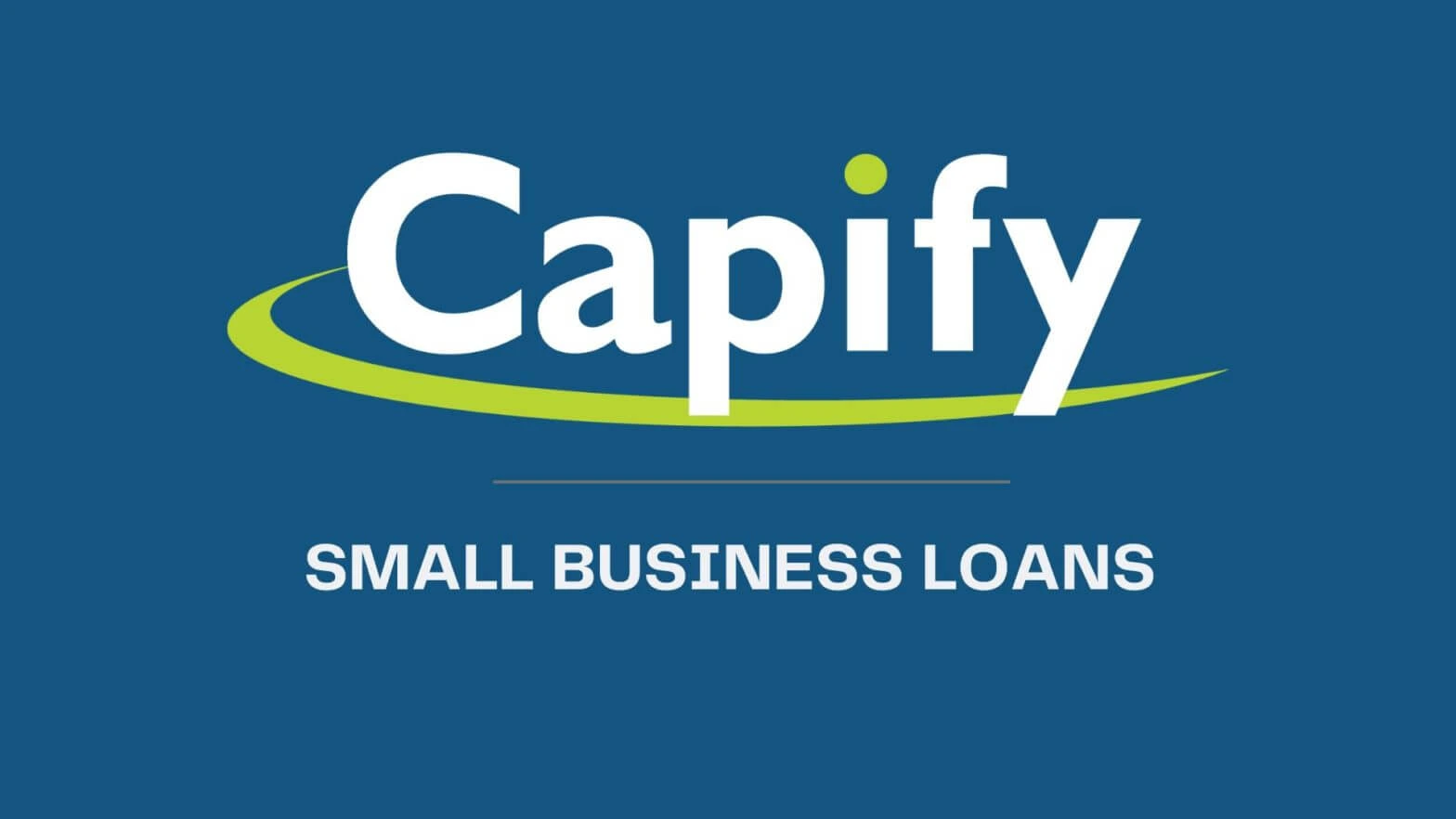
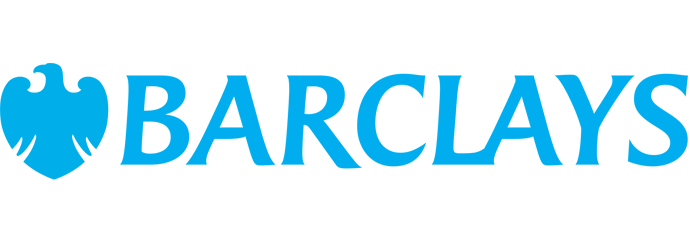



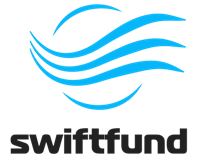
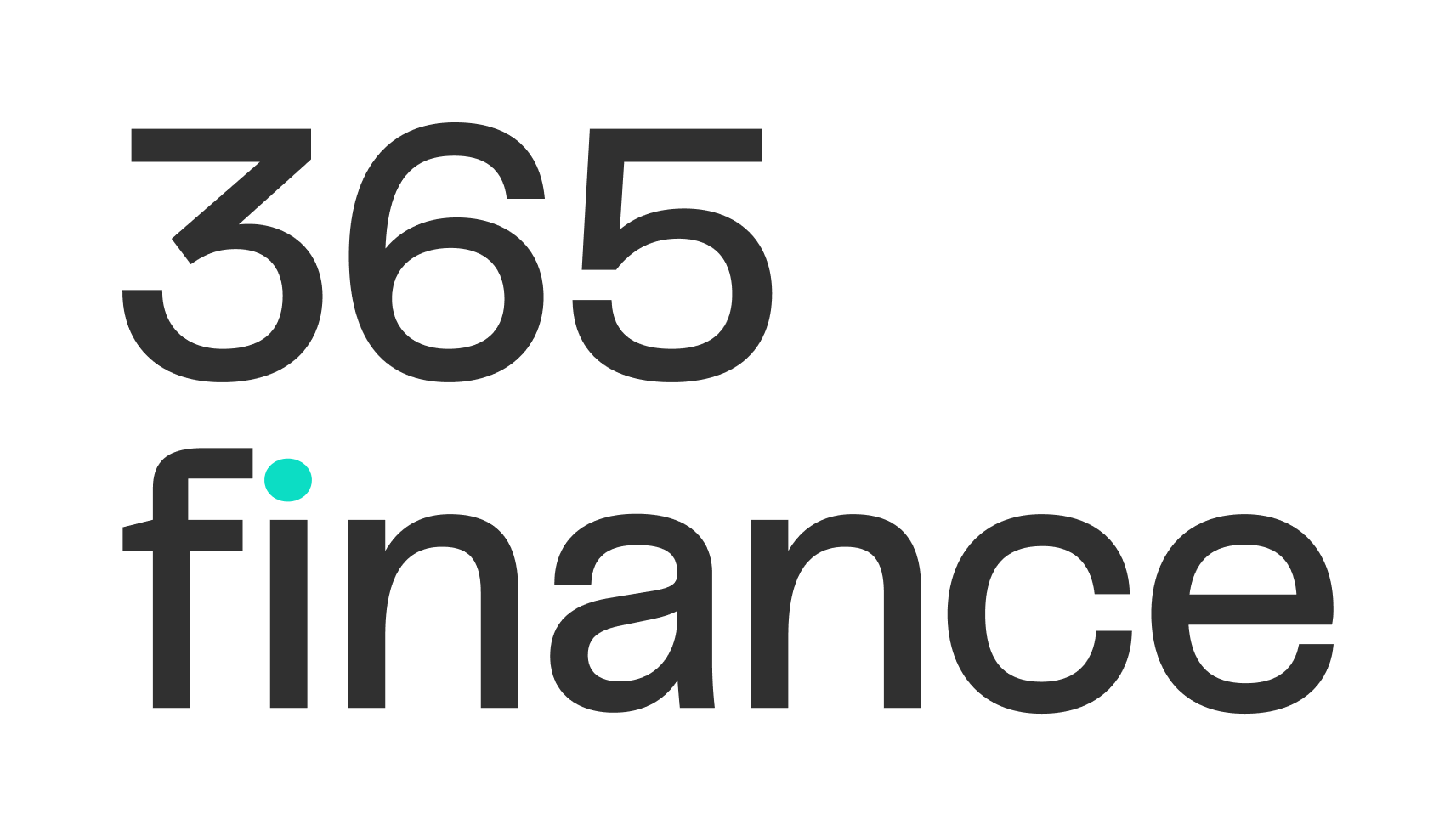








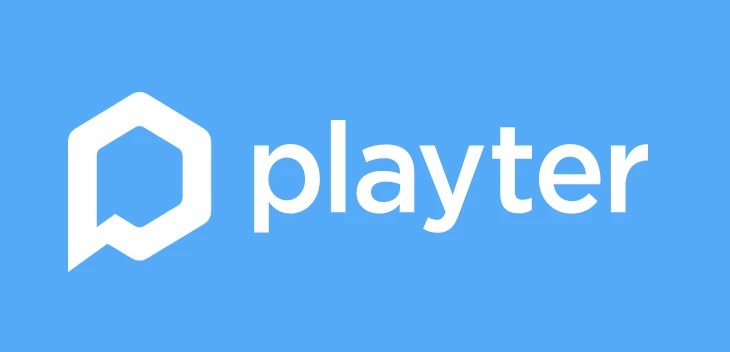





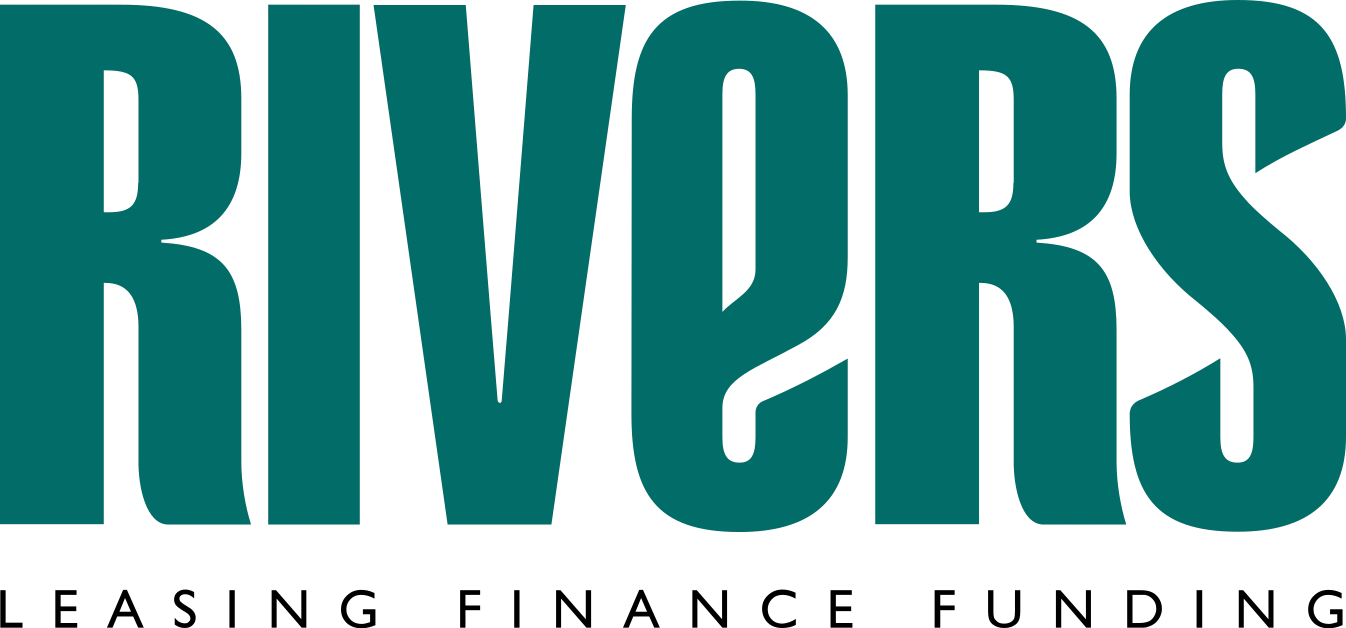


What are the different types of loans?
What customers say about us*
We do our best to provide you the best experience ever
Very easy to use in helping me find an…
Very easy to use in helping me find an affordable loan. Everything up front & clearly explained. 100% recommended.
Jon Grainger
Loan tube suits me
I have always tried to find my own loans in the past but the deal loan tube found me was better than any I have ever found and super fast to find me a lender where the deal suits everyone (brilliant)
Stephen
We had an amazing experience working…
We had an amazing experience working with Loan Tube. For a long time, we struggled to secure long-term funding and often ended up with short-term finance. However, Loan Tube made a real difference. Not only did they help us obtain long-term funding, but the process was also incredibly fast and efficient, with funds to be remitted within just two weeks...
Glasswords Account
Fast and hones
Only needed a little loan but was happy how fast and honest definitely recommended
Consumer
Brilliant
Brilliant , Steve and Craig were friendly, understanding and professional, first time I have had such a good experience getting a loan, would recommend to anyone.
Paulina
* showing our selected 4 & 5 star reviews
Need some extra help?
Business Debt Refinance Loans FAQs
- Business debt refinancing offers numerous strategic advantages that can strengthen your company’s financial position and support growth objectives. Understanding these benefits helps determine whether refinancing aligns with your business goals:Reduced Interest Costs: One of the primary benefits of business refinancing is securing lower interest rates, particularly if market rates have decreased since your original borrowing or if your business credit profile has improved. Even a 2-3 percentage point reduction can translate to substantial savings over the loan term. For example, refinancing £100,000 of business debt from 12% to 9% interest could save approximately £3,000 annually in interest payments.Improved Cash Flow Management: Refinancing can significantly enhance your business cash flow by restructuring payment terms to better align with your revenue cycles. Extending the repayment period may reduce monthly obligations, freeing up working capital for operational needs or growth initiatives. This improved cash flow predictability enables more effective business planning and investment strategies.Debt Consolidation Efficiency: Combining multiple business loans into a single facility streamlines financial management, reducing administrative overhead and simplifying accounting processes. This consolidation eliminates the complexity of tracking various payment dates, terms, and lender relationships, allowing your finance team to focus on strategic financial management rather than day-to-day debt administration.Enhanced Financial Flexibility: Refinancing can provide greater financial agility through features such as flexible repayment options, the ability to make overpayments without penalties, or access to additional funding as needed. This flexibility allows your business to adapt to changing market conditions or capitalize on unexpected opportunities without financial constraints.Release of Security or Collateral: In some cases, refinancing can free up business assets that were securing original loans, particularly if your company’s financial position has strengthened or if you’re consolidating multiple secured facilities into a single loan with more efficient security arrangements. This released collateral becomes available for securing additional business funding if needed.Improved Business Credit Profile: Successfully refinancing and maintaining consistent payments on the new loan can strengthen your business credit profile over time. This improved creditworthiness may unlock access to premium financial products and more favourable terms for future borrowing needs.Strategic Debt Restructuring: Refinancing provides an opportunity to align your debt structure with your current business strategy and growth plans. For example, you might transition from variable-rate exposure to fixed-rate certainty for better budgeting, or adjust seasonal payment schedules to match your business revenue patterns.The specific benefits your business realizes from refinancing will depend on your current debt structure, financial objectives, and the terms you’re able to secure. A thorough cost-benefit analysis, potentially with input from your accountant or financial advisor, can quantify the potential advantages for your specific situation.
Refinancing Types:
Renovation loan
Approved
Unsecured Personal Loans
Personal Finance Tools
Short Term Personal Loans
Wedding Loans
Holiday Loans
Long Term Personal Loans
Home Improvement Loans
Guarantor Loans
Homeowner Loans
Debt Consolidation Loans
LoanTube ® 2025 All Rights Reserved.
Warning: Late repayment can cause you serious money problems. For more information, go to moneyhelper.org.uk
Credit subject to status & affordability assessment by Lenders.
LoanTube is a credit broker and not a lender.
Think carefully before securing debts against your home. Your home may be repossessed if you do not keep up repayments on any debt secured against it.
Not all borrowers will qualify for a loan. The operator of this website does not engage in any direct consumer lending, we simply provide you a FREE loan brokering service. This means LoanTube does not charge customers a fee for using its introducer services, but it receives a commission from lenders or other brokers if a customer enters into a consumer credit agreement with them following an introduction by LoanTube.
LoanTube connects businesses with a panel of lenders and providers offering business loans, credit cards, merchant cash advances, invoice financing, and other commercial finance products tailored to their needs. For these services, we may occasionally charge a fee to the business, depending on the complexity of the case. We also receive commissions from lenders and providers for facilitating these connections. These fees and commissions may influence the overall cost of the credit products offered. As a responsible broker, we ensure full transparency by disclosing any applicable fees and commissions before you enter into any credit agreement.
The rate you are offered will depend on your individual circumstances.
Representative APR Example: On an assumed loan amount of £1,000 over 18 months. Rate of interest 59.97% per annum (fixed). Representative 79.5% APR. Total amount payable £1,554.10 of which £554.10 is interest. 17 equal monthly repayments of £86.09, and the final month’s payment of £90.57.
Some of the offered loans might be classed as High Cost Short Term Loans. APR rate starts from 18.22%. The maximum APR rate is 1721%, but you will get a personalised rate tailored to you. The minimum repayment term is 3 months, the maximum repayment term is 10 years. The minimum loan amount is £250 and the maximum loan amount is £50000.
LoanTube is trading name of Tiger Lion Financial Limited. Authorised and regulated by Financial Conduct Authority (FCA). FCA Firm Reference Number: 753151. Information Commissioners Office Registration Number: ZA185613
Tiger Lion Financial Limited is Registered in England & Wales. Company Number: 10189367. Registered Office Address:. 71-75 Shelton Street, Covent Garden, London, WC2H 9JQ





